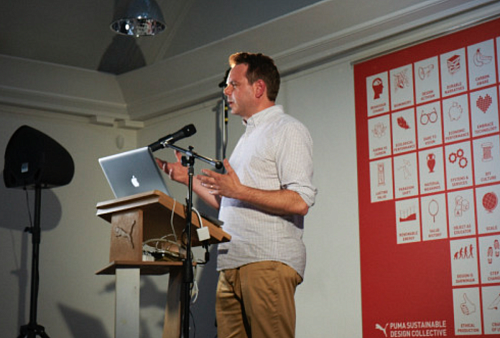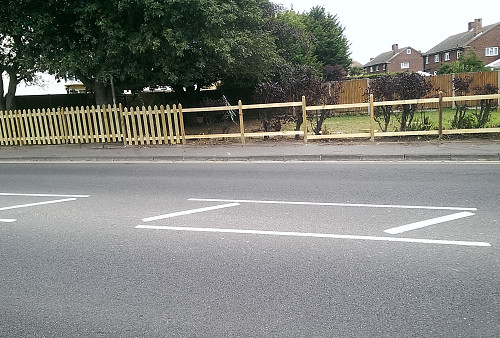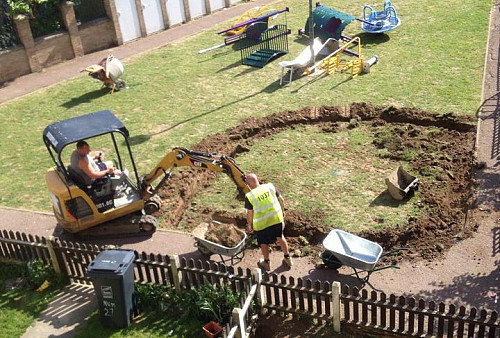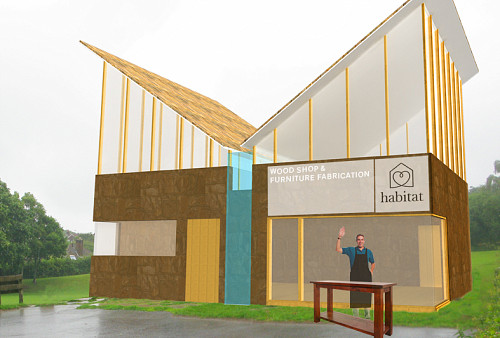The objective of this site is to allow the community to monitor and take part in the in the development of Goudhurst Parish Neighbourhood Development Plan (NDP).
Neighbourhood planning is a right for communities introduced through the Localism Act 2011. A Neighbourhood Development Plan is one way in which we can create our vision for our community and shape future development in the parish.
Who asked for a plan?
On 22nd September there was a public meeting in Goudhurst Village Hall attended by some 238 residents. The overall concept of the plan was outlined and there was 100% agreement that a Neighbourhood Development Plan would benefit the parish. This was formally registered with TWBC.
Why prepare a Neighbourhood Plan?
Over the coming years Goudhurst, like many other communities will face challenges for new development. Tunbridge Wells Borough Council (TWBC) housing allocation has been increased significantly by central government and TWBC have already a made Requests for Sites (http://www.tunbridgewells.gov.uk/residents/planning/planning-policy/new-local-plan) some of which are within our parish.
It is not a sustainable argument to say that Goudhurst will resist all change and the absence of a community vision for our parish could leave us more vulnerable. A Neighbourhood Development Plan provides a strong framework enabling the residents of Goudhurst to have a real influence over what development takes place, where it takes place and the rate of growth.
Next Steps
More detail around the overall process can be found by following the links on the left.
We will be providing updates on this site, through email and on appropriate social media. If you would like to have a more active role and contribute to the development of the plan please contact enquiries@ndp.goudhurst.com.
Help
Local Authorities have the duty to support your parish/town in preparing a plan. However, before you decide on a neighbourhood plan, consider the length of time and financial implications of producing one. The complexity of your plan will depend on what it is trying to achieve be it a single topic issues or a wide ranging. Your cost could also be impacted by the size of your population when it comes to surveys and community engagement activities.
The first formal stage of preparing a neighbourhood plan is to get your parish/town/area designated. Your community can begin to identify their issues and concerns as well as aspirations before you become a fully designated area. However, in the case of funding, your community will not be eligible to apply until you become formally designated as neighbourhood plan area.












